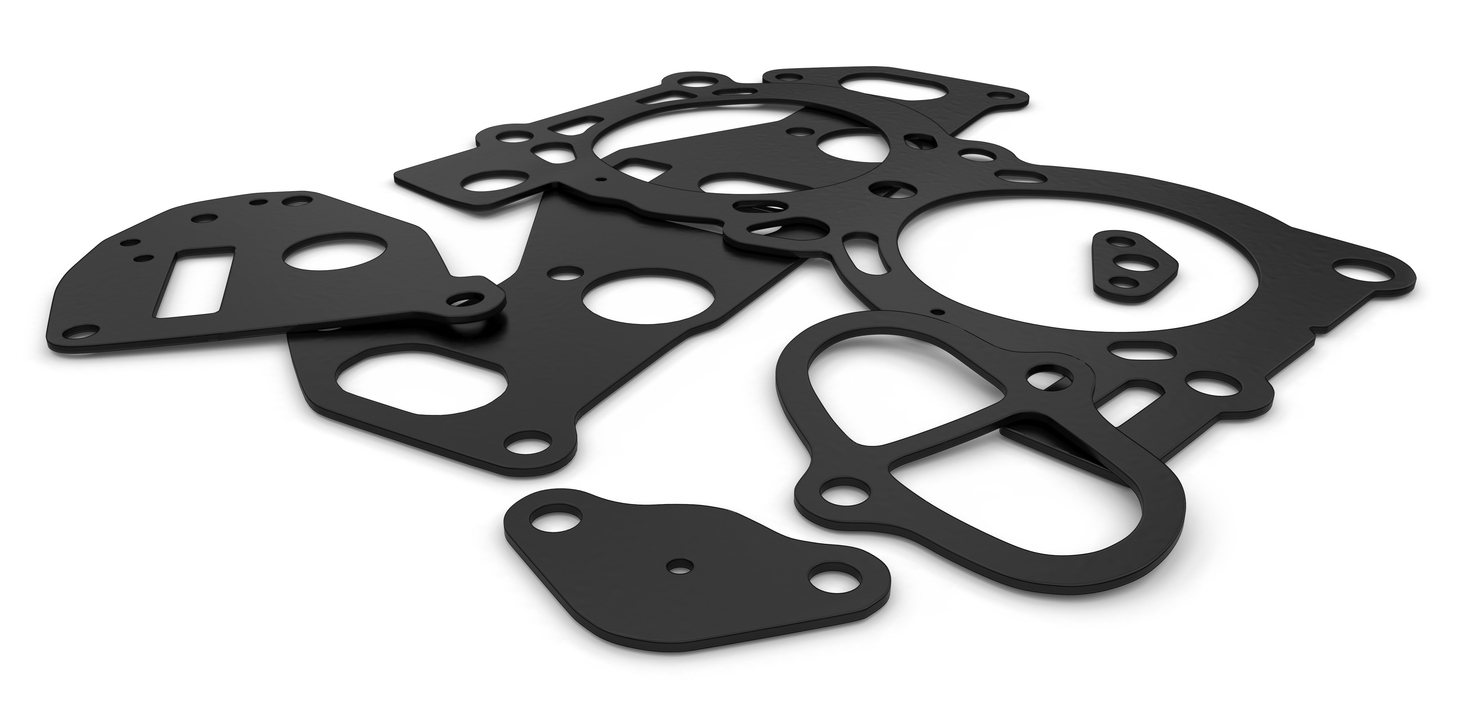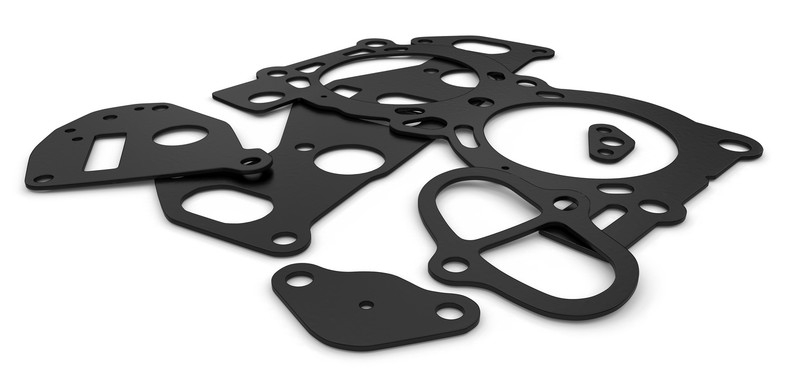How to Choose the Right Gasket Material for Your Application

When performance matters, the gasket behind the seal can make or break your system. Whether you're sealing a high-temp enclosure, dampening vibration, or blocking EMI interference, selecting the correct gasket material is essential for safety, reliability, and long-term durability.
At H-O Products, we help engineers and sourcing teams specify the right foam, sponge, or solid elastomer for their needs - with conversion expertise across aerospace, medical, defense, EV, and industrial sectors.
Here’s what to consider when choosing your gasket material.
1. Understand Your Application Requirements
Start by outlining what your gasket needs to do. Some typical questions:
- What is the operating temperature range?
- Does the application require flame resistance (UL 94 V-0, FAR 25.853)?
- Are there exposure risks (moisture, chemicals, UV)?
- Is EMI or RFI shielding required?
- Is it skin-contact or medical-grade?
- What compression or softness is needed for proper sealing?
The more specific the application, the more engineered the material needs to be.
2. Match the Right Material Type
Here’s a simplified breakdown of common gasket material types:
|
Material |
Best For |
|
High-temp, UV, ozone, cleanroom, and flame resistance |
|
|
Blocking EMI/RFI, conductive enclosures, aerospace/defense |
|
|
Medical seals, skin contact, biocompatible environments |
|
|
General sealing, water/weather resistance |
|
|
Impact protection, cost-effective energy absorption, flame retardance |
|
|
Polyurethane Foams |
Lightweight cushioning, low-pressure seals, very low compression set, impact/engery absorption, high resistivity, wide range of firmness (cfd) |
|
Moisture/air seals, non-hardening bond lines, sealing difficult/irregular surfaces |
Each material has different physical properties, such as compression force deflection (CFD), durability, tensile strength, elongation, compression set, density and compliance properties.
3. Consider Compression Set and CFD
Compression Set and CFD (Compression Force Deflection) are key metrics for gasketing performance.
- Compression Set is how well a material returns to its original shape after being compressed. Lower values = better recovery.
- CFD is the force required to compress a material to a certain percentage. It defines how soft or firm a material feels under load.
These factors impact sealing effectiveness, reusability, and long-term reliability - especially in dynamic environments.
4. Know Your Compliance Requirements
Depending on your industry, you may need a wide range of compliance with industry standards, here are a few examples, there are many others:
- UL 94 V-0 flame rating (electronics, EV, aerospace)
- FAR 25.853 (aerospace cabin materials)
- FDA 21 CFR or ISO 10993 (medical devices)
- MIL-STD-810 or 461 (defense/EMI)
- REACH/RoHS (EU compliance for materials)
We offer certified materials to meet all of these, cut to spec with traceability and documentation.
5. Don’t Forget About Adhesives
Pressure-sensitive adhesives (PSAs) are often an overlooked part of the gasket design. We offer a wide range of different adhesives, including:
- High-temp acrylics
- Low surface energy (LSE) acrylic adhesives
- Biocompatible adhesives
- Conductive PSA for EMI shielding
- Removable/repositionable adhesives
- Medical-grade skin adhesives
- High tack synthetic rubber adhesives
Proper adhesive selection is just as critical as the base material - especially for automated assembly or sterile environments.
6. Get Expert Input Early
If you're not sure where to start, you're not alone. Gasket and tape specification often gets pushed to the end of the design cycle — but involving the right supplier early on can save rework, compliance issues, and unnecessary costs.
At H-O Products, we offer:
- Application reviews
- Custom material builds
- Die-cut, kiss-cut, laminated, and slit-to-width parts
- Samples and rapid prototyping (often within a day or two)
- In-house converting and testing
Whether you’re sealing a ventilator port, shielding avionics, or insulating a battery pack, H-O Products can help you choose the right material - and convert it to your exact design specs.
About H-O Products
Our engineered products – including foam, rubber, polymeric and composite tapes, pads and gaskets – offer reliable sealing, cushioning, mounting and assembly in harsh environments, while minimizing downtime and maintenance costs. From prototype through final product, our customers can be confident in performance, reliability, and the continued support of our expert team. Learn more about H-O Products and how we can give your company a competitive edge in today’s global marketplace.

